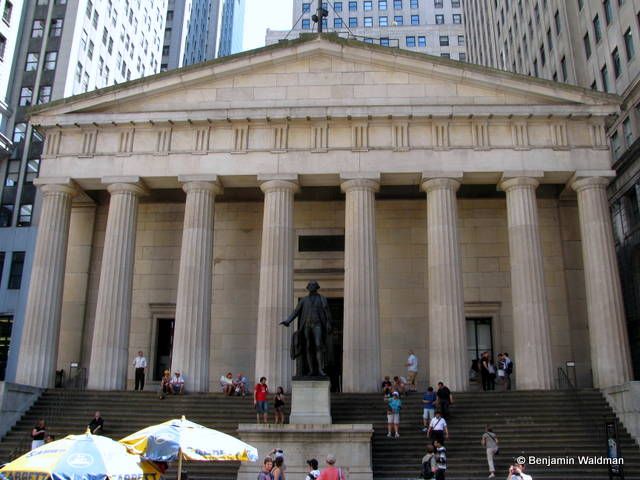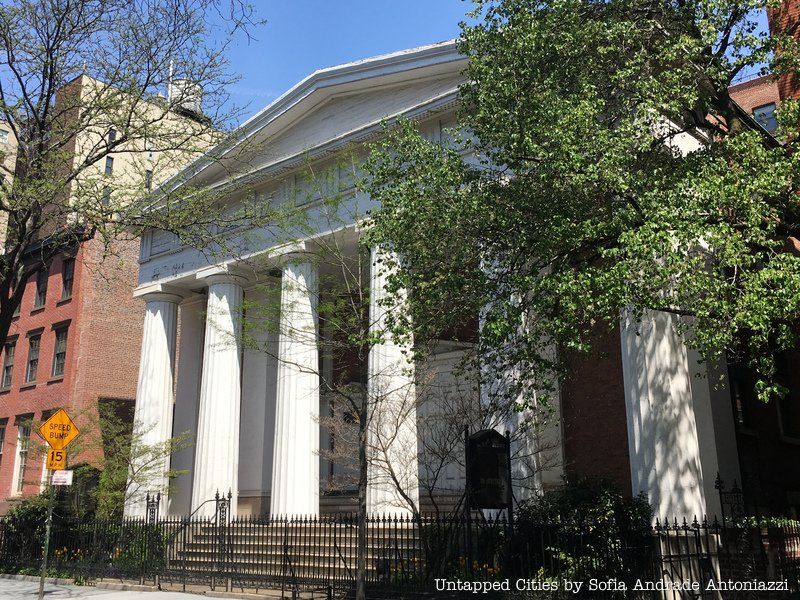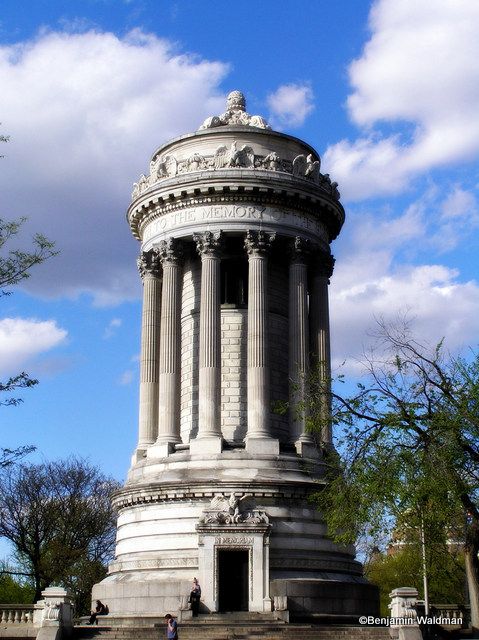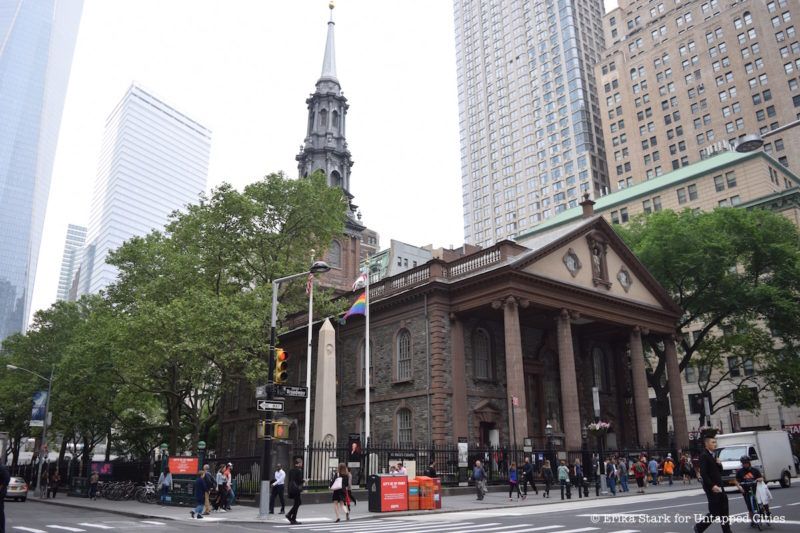Fiber Arts Take Over a Former Seaport Warehouse in NYC
See waterfalls of fabric, intricate threadwork, massive tapestries, and more!


New York City has often been on the forefront of architectural ingenuity. Concurrently, many of the City’s notable buildings were inspired by Old World architecture. Presented below, the second part of our series provides a survey of New York City buildings and their Italian inspirations (Part I: France, Part II: Italy). The authorities differ on the authenticity of some of these claims, after comparing them let us know what you think.
Completed in 432 BC, the Parthenon was a temple dedicated to Athena. In 1687, while being used as a gunpowder magazine, a Venetian mortar hit the Parthenon, partially destroying it. At the turn of the nineteenth-century, Thomas Bruce, 7th Earl of Elgin and 11th Earl of Kincardine, purchased many of the Parthenon’s remaining sculptures and sculptural groups from the Ottomans who were in control of Greece at the time. They are now on display at the British Museum.
The Parthenon served as an inspiration for the exterior of Federal Hall. Additionally, casts of the Elgin marbles can been viewed at the Onassis Cultural Center.

Federal Hall was the site of George Washington’s inauguration

The Village Community Church is now the Portico Place Apartments
The Theseum, or Temple of Hephaestus, is a fifth-century BC temple located in Athens that was converted into a church in the seventh-century.
The 1889 Village Community Church, formerly 13th Street Presbyterian Church, was modeled after the Theseum.
The Colossus of Rhodes was one of the seven wonders of the ancient world. Chares of Lindos designed the statue of Helios, which was erected between 292 and 280 BC. It was destroyed during an earthquake in the year 226 BC.

Image via WikiCommons
Despite Emma Lazarus’ claim that the Statue of Liberty was “[n]ot like the brazen giant of Greek fame,With conquering limbs astride from land to land,” the Statue was indeed modeled after the Colossus of Rhodes. In the late nineteenth-century, engineers thought that the Colossus most likely stood with its legs together, as the Statue of Liberty does.
 Liberty Island was originally home to Fort Wood
Liberty Island was originally home to Fort Wood
The Choragic Monument of Lysicrates, located in Athens, was erected by the Choregos Lysicrates to commemorate the award of first prize in 335/334 BC, to one of the performances he had sponsored.
Manhattan’s Soldiers’ and Sailors’ Memorial Monument, designed by Charles and Arthur Stough, and the towers of Emery Roth’s San Remo apartment building were modeled on the Choragic Monument of Lysicrates. There is also a replica of the Athenian monument under the spire of St. Paul’s Chapel.

]

Saint Paul’s Chapel has preserved George Washington’s Pew.
The 1930 San Remo was the first twin towered building in New York City
Next, check out NYC’s architecture inspired by France and Italy.
Subscribe to our newsletter